
Latest articles from Vladimir Socor
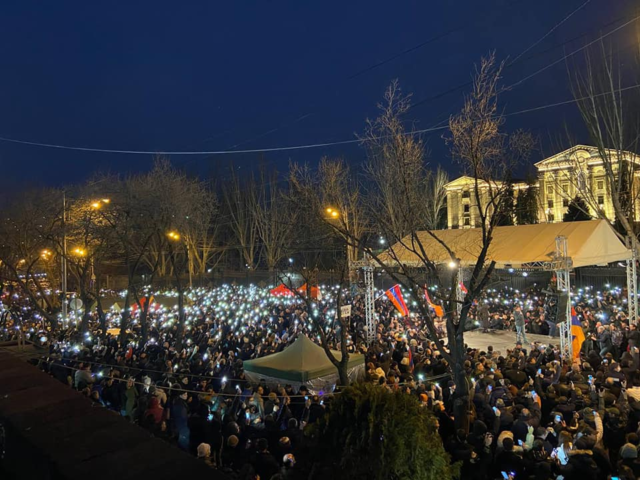
Azerbaijan, Turkey Watching Armenia’s Political Crisis
Viewed from Baku and Ankara, the political conflict in Armenia pits military and civilian nationalists unreconciled to defeat in the Second Karabakh War (September 27–November 9, 2020) versus the armistice-accepting government of Nikol Pashinian. As the former seek to oust the latter from power (see... MORE
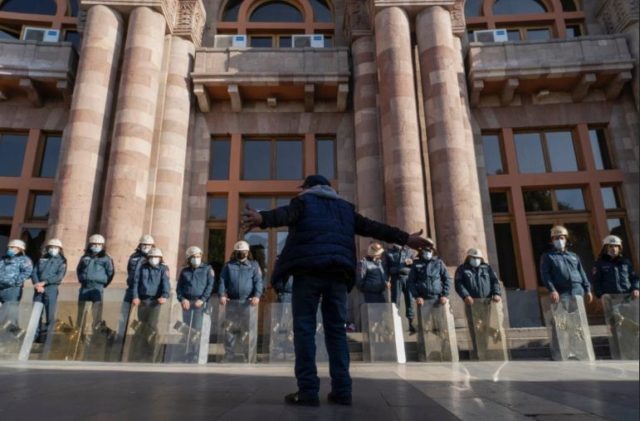
Lacking Alternatives, Russia Betting on Armenia’s Embattled Prime Minister Pashinian
The top brass of Armenia’s Armed Forces along with a broad coalition of political groups have moved to oust Prime Minister Nikol Pashinian and his government from power, thus far nonviolently (see EDM, February 25, 26). From the first hours of this confrontation (February 25),... MORE
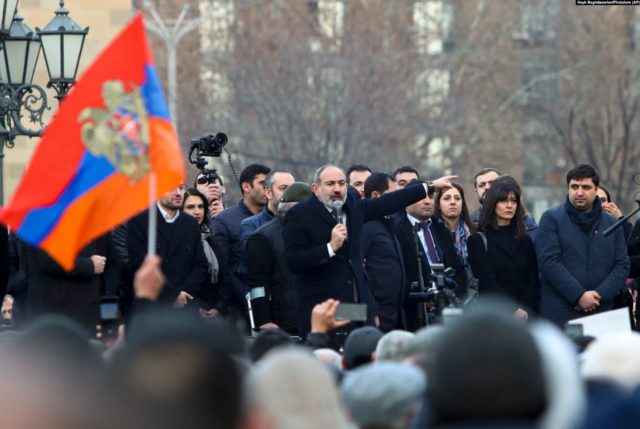
Armenia’s Military Leadership, Civilian Opposition Move to Oust Pashinian’s Government (Part Two)
*To read Part One, please click here. The power struggle in Armenia (see Part One in EDM, February 25) has turned into a standoff confined to Yerevan’s central square. It does not seem to be reverberating beyond downtown Yerevan, let alone in the provinces. The... MORE
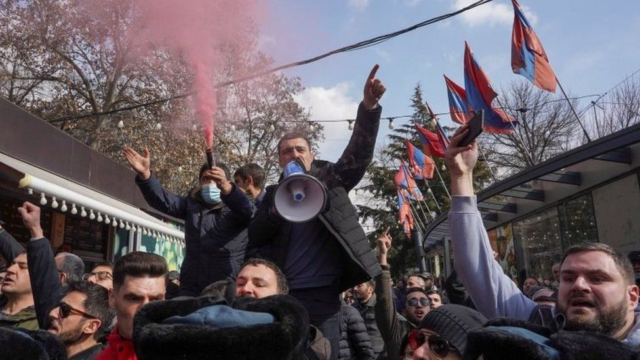
Armenia’s Military Leadership, Civilian Opposition Move to Oust Pashinian’s Government (Part One)
A military-civilian putsch broke out in Yerevan today (February 25) against Prime Minister Nikol Pashinian and his government, who are blamed for Armenia’s disastrous defeat by Azerbaijan in the 44-day Second Karabakh War (September 27–November 9, 2020), for complying with the armistice terms, and for... MORE

More Contentious Issues Surface Between Kyiv and Moscow in the Minsk Contact Group
The latest session of the Minsk Contact Group (see EDM, February 18) lifted a curtain’s corner on several disputed issues that had not been publicly aired thus far. The Ukrainian delegation had raised these issues in a position paper within the Minsk Group in November... MORE
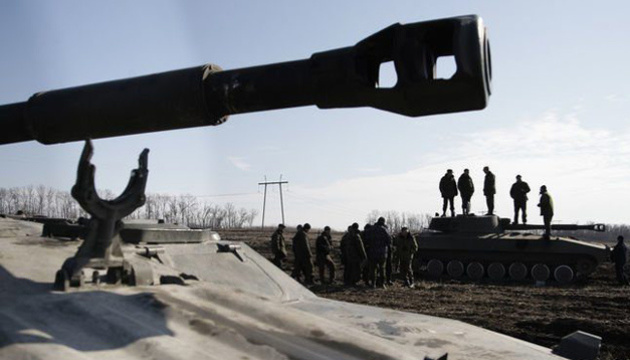
Russia Calibrating Low-Intensity War in Ukraine’s East
From January 21 through February 14, Russian and proxy forces killed 13 Ukrainian soldiers and wounded at least another 19 along the frontline in Ukraine’s Donbas. Most of these casualties were inflicted by snipers, some of whom were apparently deployed from Russia’s interior for a... MORE
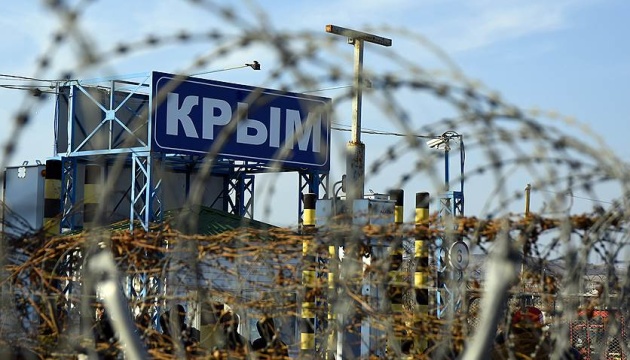
Crimea Platform: Ukraine’s Initiative to Raise the Costs of Russia’s Occupation
President Volodymyr Zelenskyy and the Ukrainian government are preparing to host a summit of heads of state and government, aiming to mobilize a more effective international response to Russia’s seizure of Crimea from Ukraine. The summit is planned to inaugurate the “Crimea Platform,” a multi-level... MORE

Does the Normandy Group on the Russia-Ukraine Conflict Have a Future? (Part Two)
*To read Part One, please click here. Kyiv is pinning its hopes on the new administration of United States President Joseph Biden to help rebalance and restart both the Normandy forum and the Minsk Contact Group (see Part One in EDM, February 4). The Minsk... MORE

Does the Normandy Group on the Russia-Ukraine Conflict Have a Future? (Part One)
Ukraine is multiplying calls for changing the composition of the “Normandy Four” group (Russia, Germany, France, Ukraine) and its derivative Minsk Contact Group (see below). The Kremlin has effectively used these negotiation forums from 2014 to date in order to conserve, instead of end, its... MORE
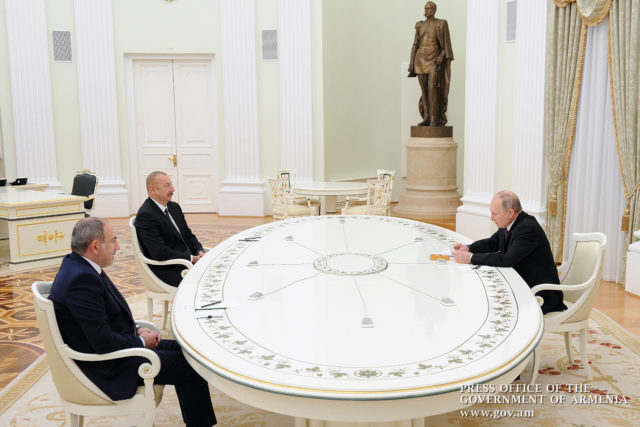
Can the Minsk Group on the Armenia-Azerbaijan Conflict Reinvent Itself? (Part Two)
*To read Part One, please click here. Russia, not the Minsk Group, will reinvent the Minsk Group, and is working on it (see Part One in EDM, January 28). The object is not the 12-nation Minsk Group Conference (this has been inactive since the mid-1990s),... MORE